Sometimes we will drive a new car under embargo, securing early access in return for not writing about it until a certain date. Usually, that’s only a few days or so after the drive, but on occasion, event logistics and launch cycles lead to a gap of a few weeks.
In the case of this Audi E-tron GT prototype, the embargo was so long that I actually drove it back in 2023. Normally we wouldn't bother you with the intricacies of embargo timing, but I mention it here because it has created an unusual situation: I know more about this car now than I did when I drove it. I think.
Back in the heady days of last December (Merry Christmas, by the way), Audi’s engineers were tight-lipped about the technical details of the revamped E-tron GT.
That’s understandable: these were prototypes and development was still ongoing. I know this because a clipboard-armed engineer asked lots of questions to gather feedback.
Audi confirmed that there had been changes to the powertrain, battery system, suspension, driving dynamics and charging speeds but would share no numbers and few technical details.

It wouldn’t even confirm which model I was driving, although it was absolutely the range-topping RS, likely in new Performance guise. “We don’t start with the entry-level versions,” said Stephan Reil, R&D chief at Audi’s Neckarsulm site, who ‘supervised’ me from the passenger seat.
Reil is one of the technical leads for the E-tron GT, which you should take as a good sign because he was previously responsible for the R8 supercar.
Since December, Audi sibling firm Porsche has launched an updated version of its Taycan, with which the E-tron GT shares its extensively updated J1 platform.

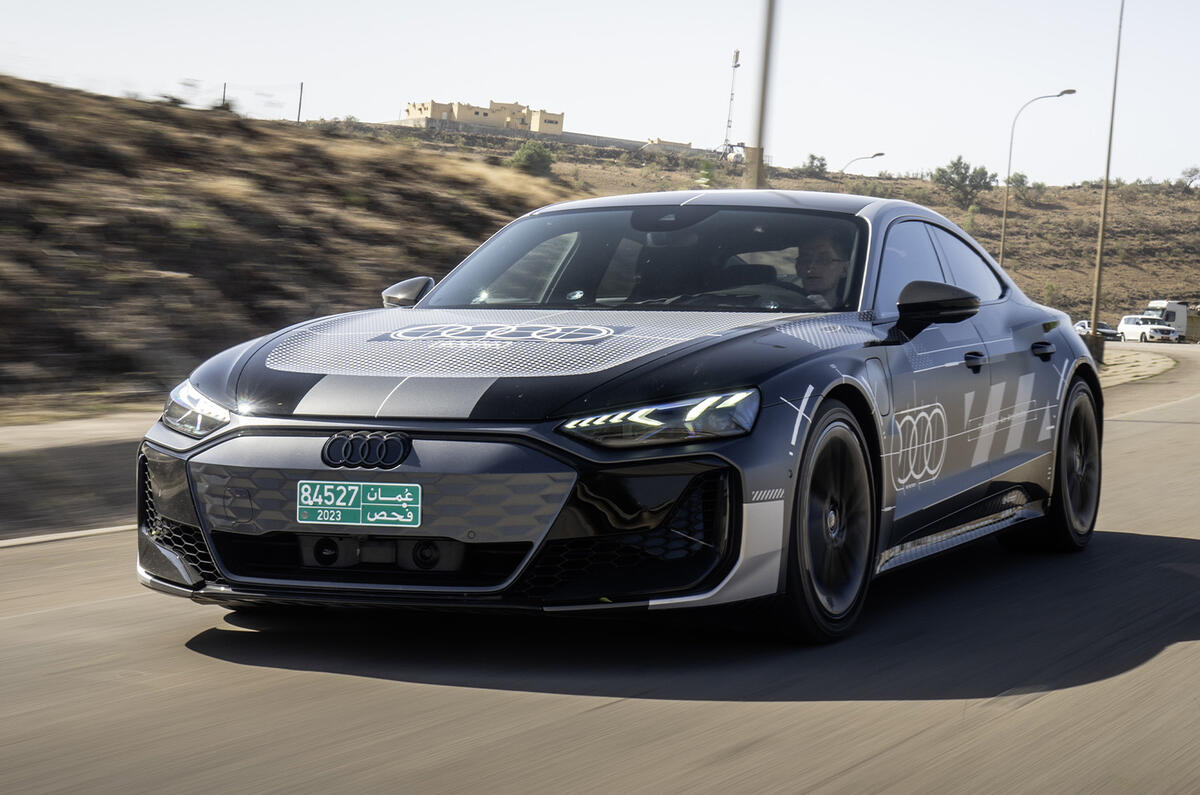
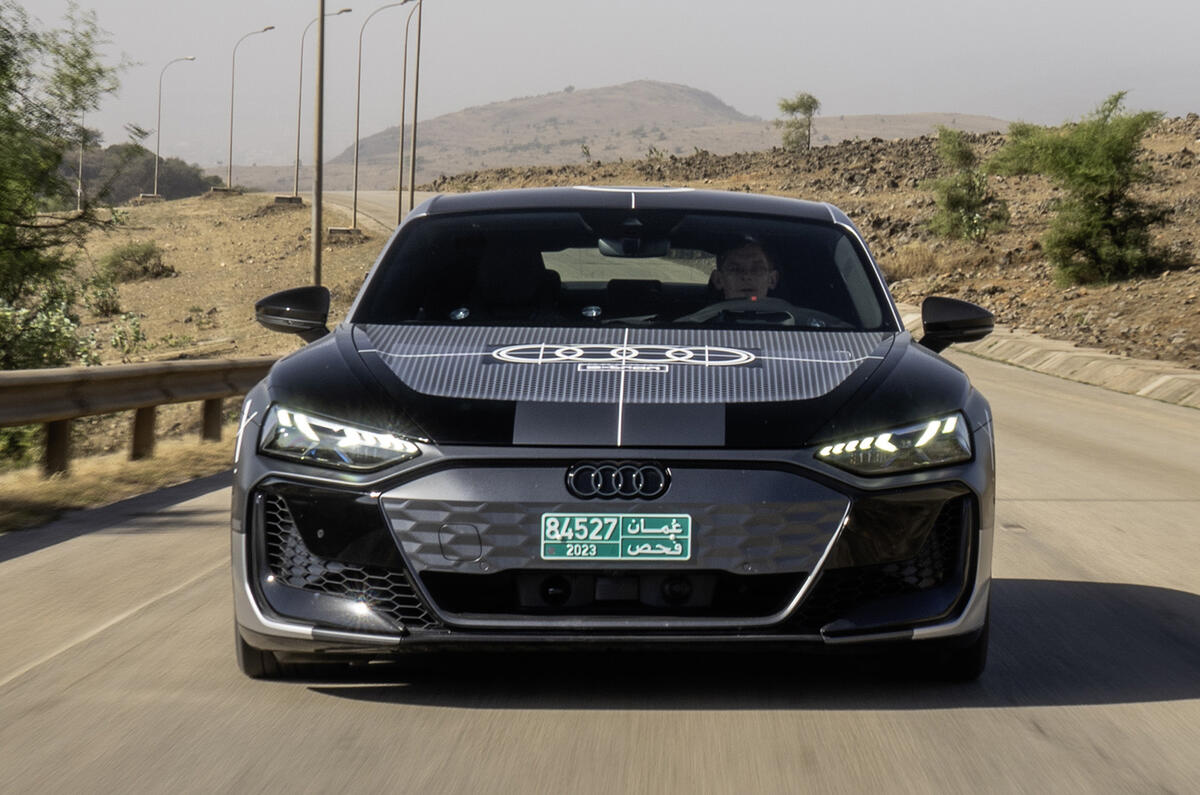
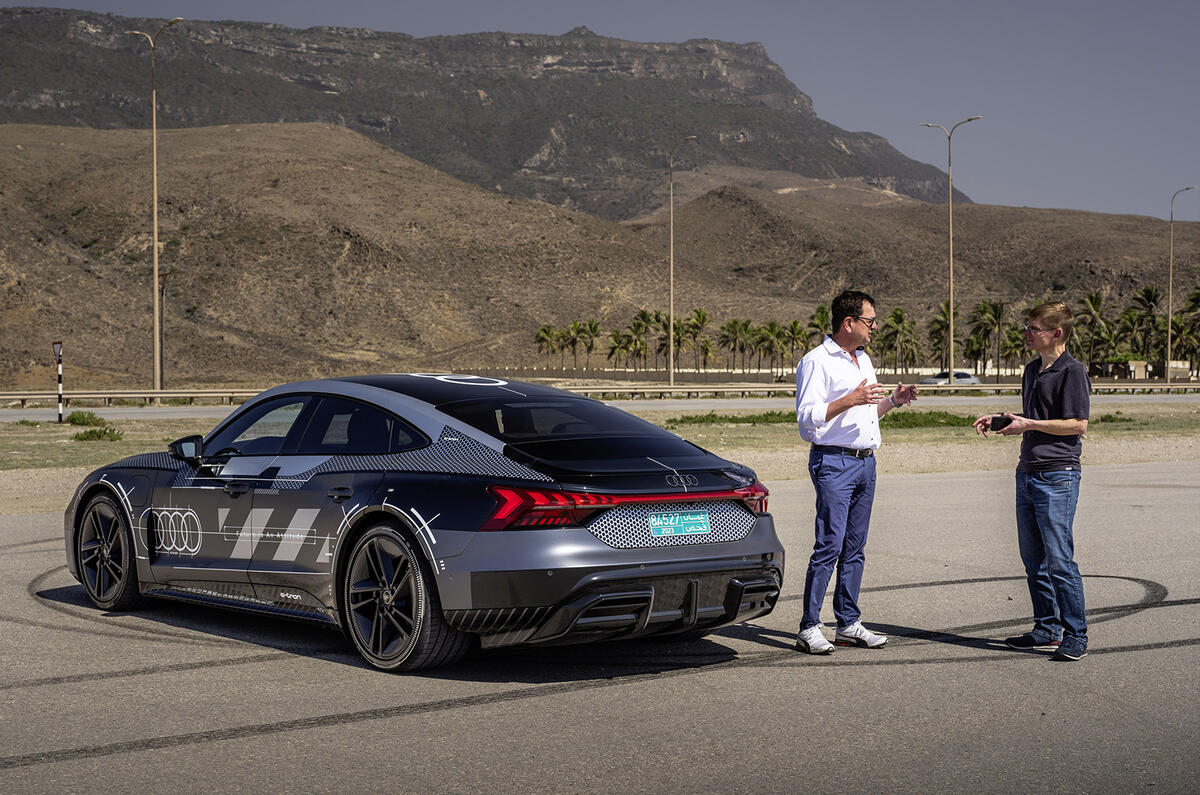
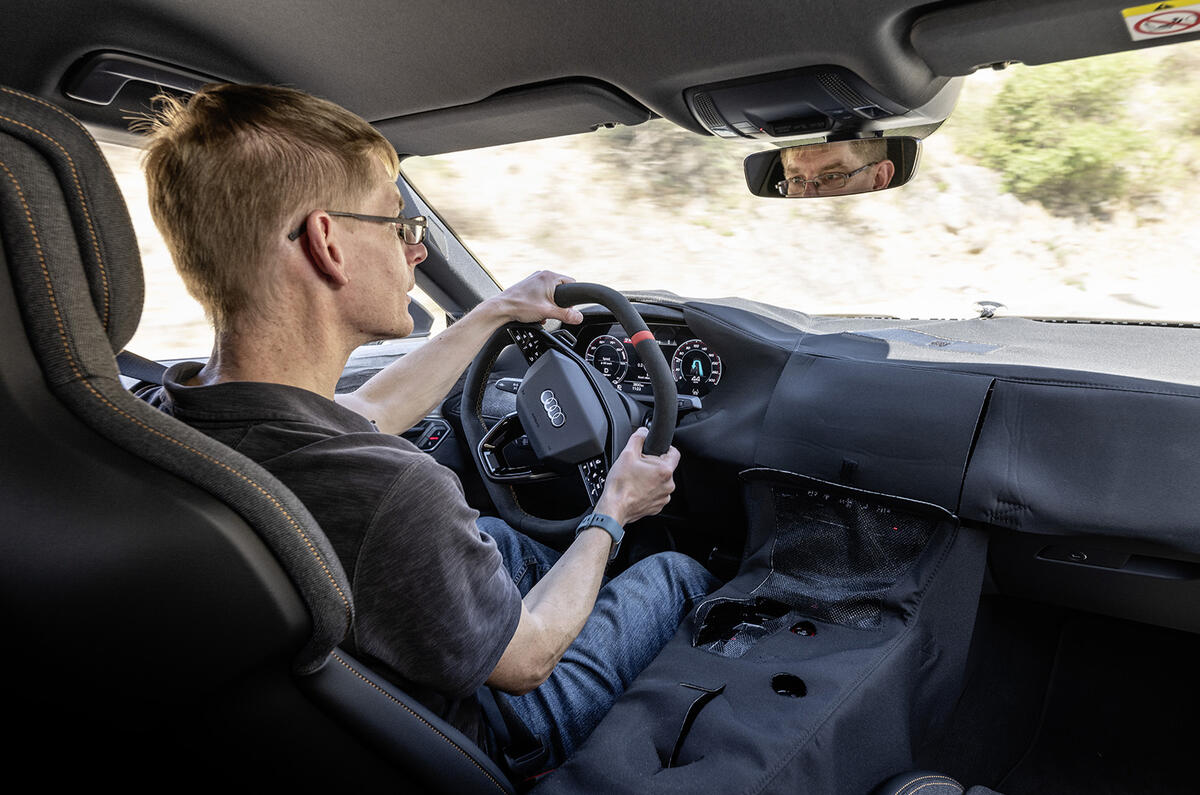

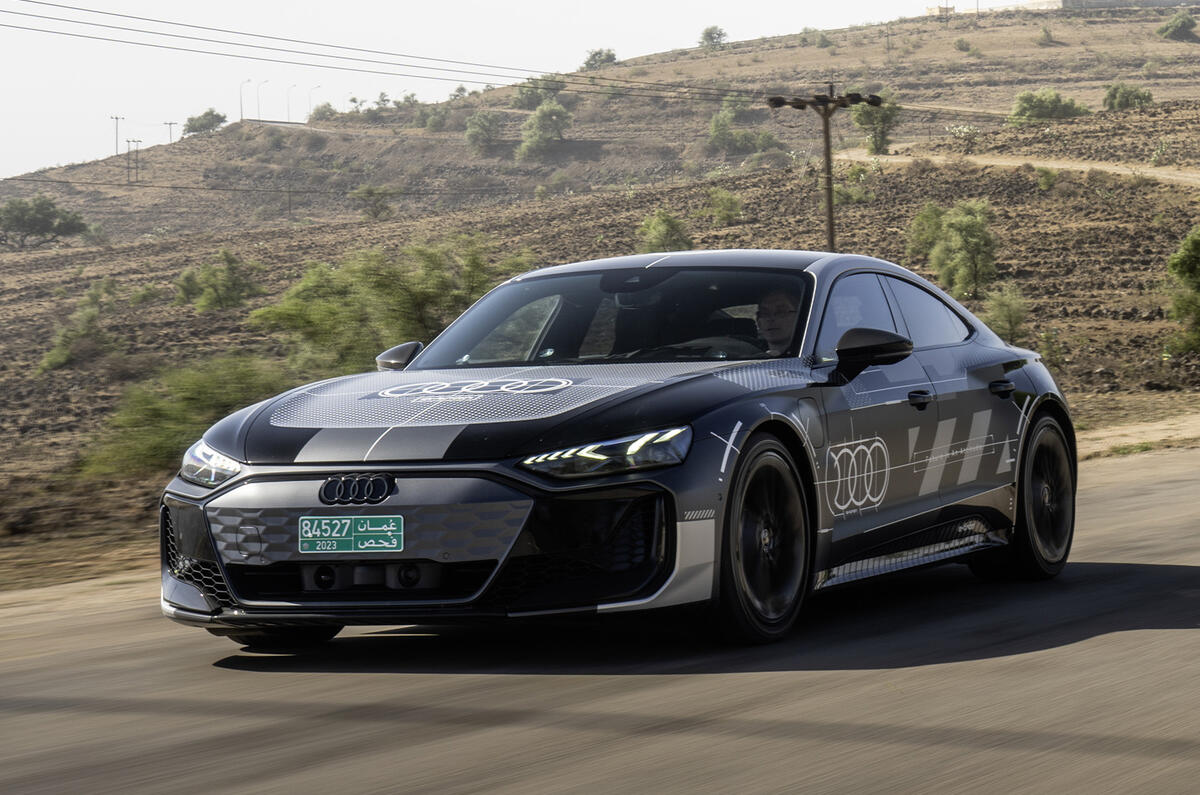
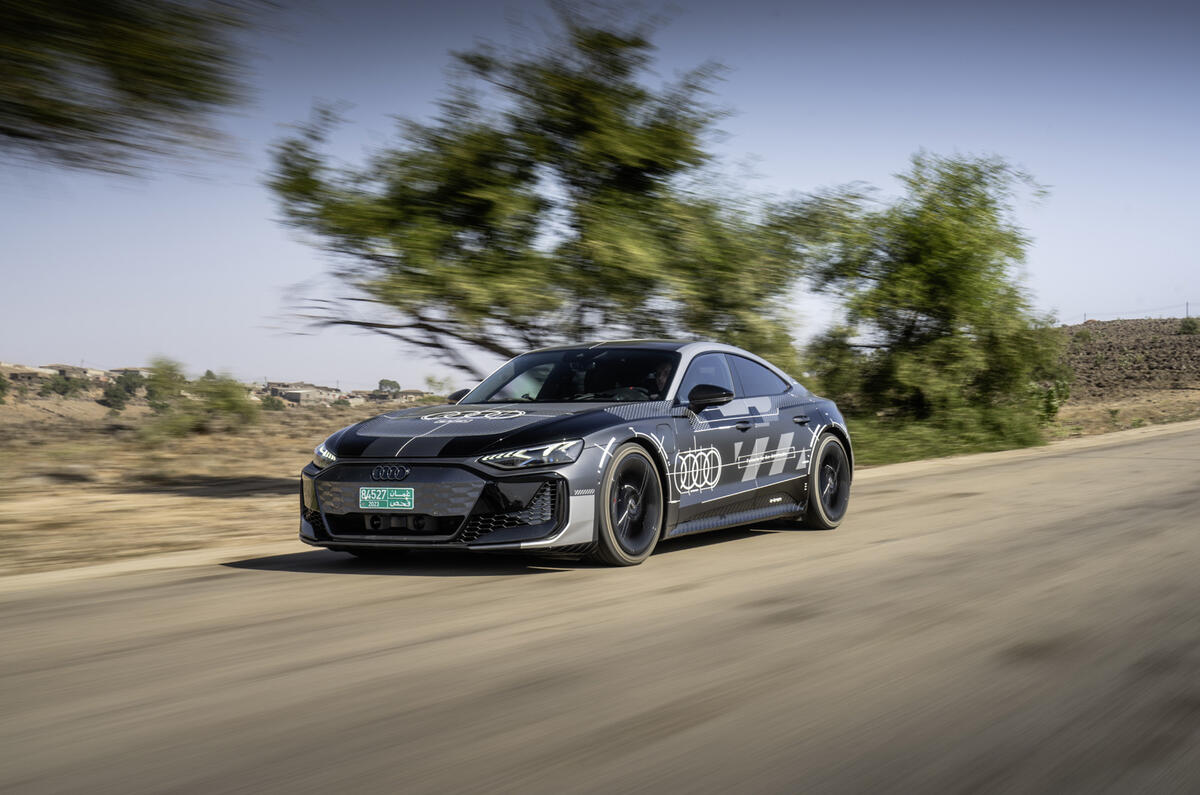


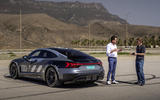












Join the debate
Add your comment
Still no Avant yet??
Can't wait for the tech to filter down to the lesser models like the cars you and I drive for work or other commitments.